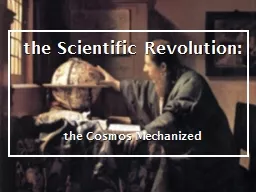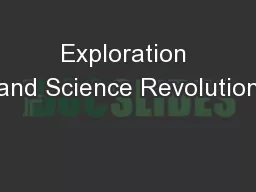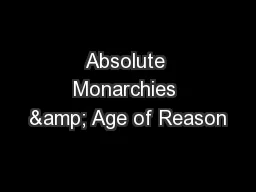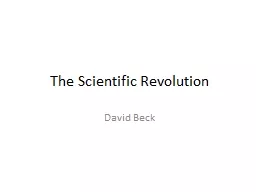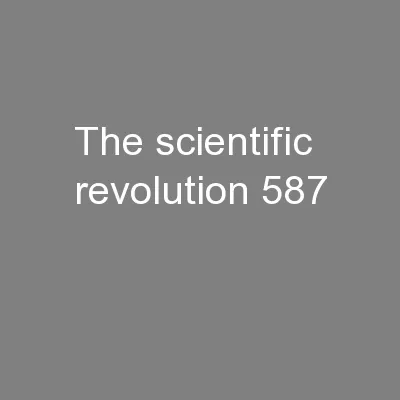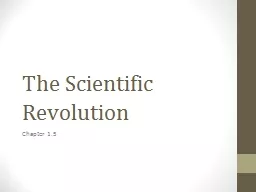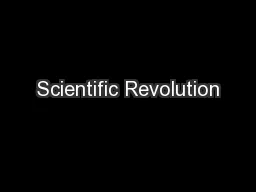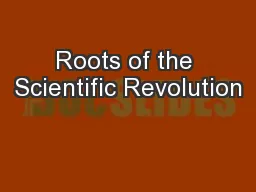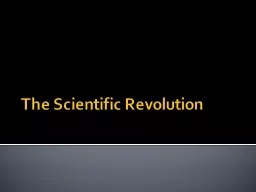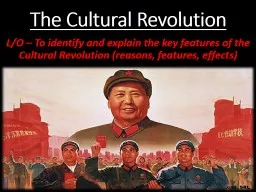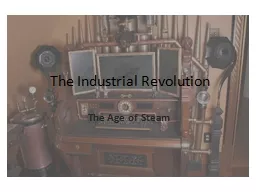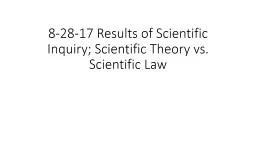PPT-t he Scientific Revolution:
Author : gelbero | Published Date : 2022-05-14
t he Cosmos Mechanized 1543 Nicolaus Copernicus publishes heliocentric universe in De Revolutionibus Orbium Coelestium implicit introduction Copernican principle
Presentation Embed Code
Download Presentation
Download Presentation The PPT/PDF document "t he Scientific Revolution:" is the property of its rightful owner. Permission is granted to download and print the materials on this website for personal, non-commercial use only, and to display it on your personal computer provided you do not modify the materials and that you retain all copyright notices contained in the materials. By downloading content from our website, you accept the terms of this agreement.
t he Scientific Revolution:: Transcript
Download Rules Of Document
"t he Scientific Revolution:"The content belongs to its owner. You may download and print it for personal use, without modification, and keep all copyright notices. By downloading, you agree to these terms.
Related Documents

